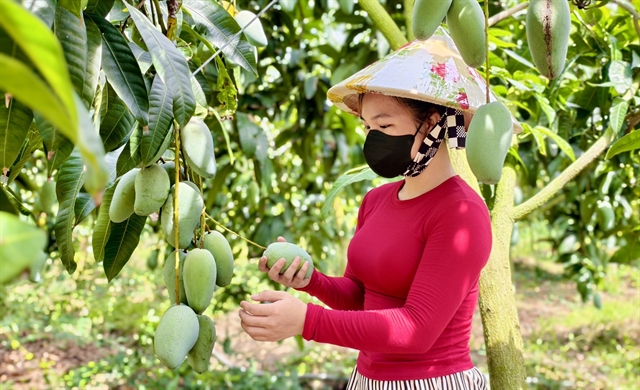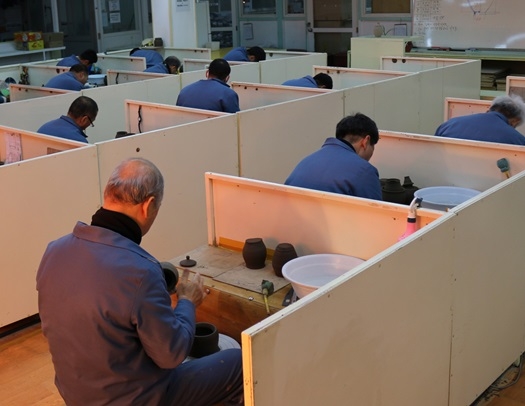 Economy
Economy


|
| Many mango orchards in An Giang have received growing area codes for export, and earn three to five times higher profits than from rice. – VNA/VNS Photo Thanh Sang |
AN GIANG – An Giang Province has strengthened the issuance and management of growing area codes and packaging codes in recent years.
The aim is to meet the increasingly strict requirements of domestic and international markets, while enhancing the value and reputation of local farm produce.
The Cửu Long (Mekong) Delta province has issued and manages 1,280 growing area codes covering more than 46,264ha, according to its Department of Agriculture and Environment.
They include 712 codes for 23,187ha whose output is exported.
By crop, rice accounts for the largest number with 743 codes across 35,997ha, fruit trees for 495 for 9,596ha, while vegetables, industrial crops and medicinal plants make up the rest.
Lê Hữu Toàn, director of the department, said: “Each code is a unique identifier for a growing area. It defines the production site, farming process and product quality, ensures compliance with food safety standards, and meets export requirements, especially in demanding markets such as the US, EU and Japan.”
Growing area codes help authorities control pesticide residues, production methods and post-harvest preservation, thereby increasing acceptance in international markets, he said.
Produce with growing area codes can be exported officially, opening up outlets and improving value, competitiveness and consumer trust, he said.
Codes also form the basis for specialised farming areas, converting inefficient rice fields to grow higher-value crops and building the An Giang agricultural brand, he added.
The province has also issued 20 codes for packaging facilities, and expects to issue 25 more this year.
All coded growing areas and packaging facilities are subject to regular inspections to ensure they comply with plant quarantine and food safety regulations in importing countries.
Training sessions are frequently organised for farmers and cooperatives on production processes and maintaining growing area codes.
The province plans to maintain and expand coded planting areas, issue packaging codes based on market demand, organise training and encourage businesses to apply digital technologies in production management and traceability. – VNS




